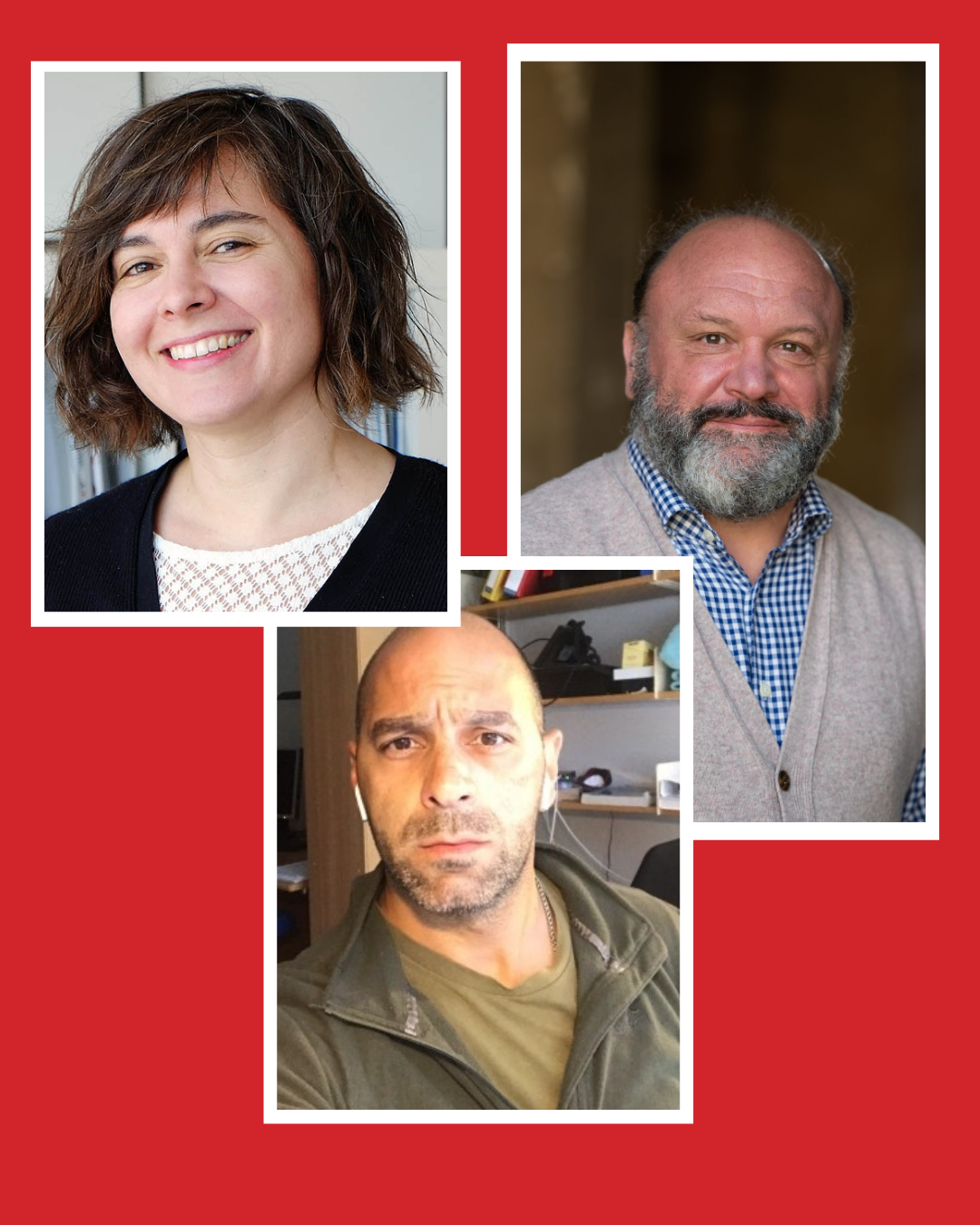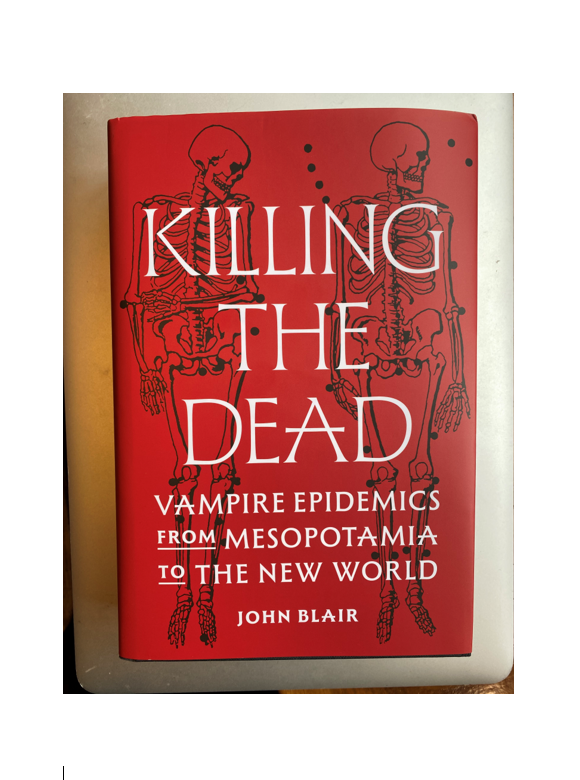We spoke to new Fellow in Physics Dr Kirsty Duffy about her research into neutrinos: the most important particles you’ve never heard of.
What first fascinated you about physics?
The first time I got interested in Physics is when I was very young. I had a book called The Big Book of Incredible Facts which taught me things like a cockroach can live for a year without a head and that someone had once survived falling from an aeroplane with no parachute because they hit trees on the way down and landed in a snow drift. One of the other things I read in there was the fact that atoms are made of smaller particles called protons, neutrons, and electrons and I strongly remember a teacher subsequently telling us that everything was made out of atoms and that these were the smallest things, and I knew that this wasn’t the case! Since then, I have always been fascinated by how things work and wanted to understand how everything works and fits together. To me, Physics is the underlying thing that explains everything else.
Your research in particle physics focuses on neutrinos. Can you explain what kinds of questions you ask and why they are interesting and important?
Neutrinos are the most important particles you’ve never heard of. They are absolutely everywhere; they are the most abundant particle in the universe after photons (particles of light). Neutrinos are produced in nuclear reactions so in the sun, in the centre of the earth, in nuclear reactors, in particle accelerators, and also in things like bananas that contain a lot of potassium, which is radioactive. What is interesting about neutrinos is that despite their abundance, they almost never interact and when they do, it’s only weakly (literally – via the weak force!). About a hundred million neutrinos will go through your thumbnail every second and these come almost entirely from the sun. They actually go through your body all the time but in your lifetime, on average, only one neutrino will actually hit an atom in your body and interact. This makes them very difficult to study because when they don’t interact, it’s impossible to see them. Consequently, they are one of the particles about which we know the least.
The biggest question that my work is trying to answer with neutrinos is why the universe exists. Scientists think that in the big bang equal amounts of matter and anti-matter were created. Physics is all about symmetry so it makes sense that you would have the same amount of each, but the question is, if there were equal amounts in the beginning, why do we now have a universe which, as far as we can tell, is only made of matter? The answer has to be that there must be some difference in the physics of how matter and anti-matter behave such that all of the anti-matter disappeared. We can calculate that we need about a one in a million difference – that is, if you had about a million and one particles of matter and a million particles of anti-matter, a million could annihilate and just one particle left over is enough to create the universe. What we need is some physics that will create a one in a million difference. We have already measured differences in matter and anti-matter in particles called quarks in the Large Hadron Collider at CERN and we have seen some differences, but it’s very small and not enough to explain the amount of universe that exists. Our next guess, therefore, lies with neutrinos. The experiments that I’m doing are trying to see whether we can measure the difference between neutrinos and the anti-matter version, called anti-neutrinos.
What is your favourite fact about neutrinos?
One really interesting thing about neutrinos is that they come in three types that we call flavours, and it was discovered fairly recently (in academic terms) that they can change type from one flavour to another. This was very unexpected, and in fact the 2015 Nobel Prize was given to two of the people who discovered and proved this. Now the work that I am doing is to try to understand the mechanism of how they change. We create neutrinos in a controlled environment, in particle accelerators, and they are about 99% one type and then we send them over a long distance and there is some probability that over that distance they will change into one of the other two types. Because neutrinos almost never interact, you don’t have to dig a tunnel to send them over this distance, you can just fire them straight into the ground. They will travel through the ground over 100s of kilometres, during which time they will change, and then at the other end we measure them again and look for the new types. Specifically, if we can do this with neutrinos and then do it with anti-neutrinos, we can examine the differences in the way that they change to help us understand that fundamental difference between matter and anti-matter.
What is your role in the MicroBooNE collaboration and what does this project investigate?
I am Physics Coordinator for the MicroBooNE, which is the lead scientist position in a collaboration of around 180 people. I work with people from many different countries and institutions to further the same goal. My role involves setting the goals and managing all the different interests that people have to produce our collaboration-wide results.
MicroBooNE is the first in a programme of experiments in the US where we use a particular kind of detector called a liquid argon detector. We have a huge tank of liquid argon which is at minus 186 degrees Celsius, and we use this to try and see neutrinos. What happens is that when a neutrino comes in, if we’re lucky, it interacts with an atom of argon and it produces charged particles. As those charged particles travel through the detector, they ionise the argon leaving a little trail of electrons where they have been. We put an electric field over the whole experiment so that the electrons drift to one side and we measure them with wires. The key thing about this technology is the incredible precision: we can put the wires three millimetres apart and get a three-millimetre pixel size over a detector that’s about the size of a single-decker bus.
This US-based programme, of which MicroBooNE is the first, will eventually culminate in an experiment called DUNE which will have four detectors, each the size of a Dreamliner plane. DUNE will be able to conduct large scale observations of the flavour-changing matter/anti-matter neutrinos. So MicroBooNE’s role is therefore partly to demonstrate the technology for this. What I am particularly interested in is seeing how neutrinos interact in the detector because no one has ever seen a neutrino directly. Even in the best particle detector we’ve ever built, we can only see the particles that have been produced or affected by the neutrino, not the neutrino itself. This means we have to try and backtrack from what we measure to understand the role that the neutrino must have played. It’s a difficult problem because we don’t fully understand the nuclear physics of how neutrinos interact with particles inside an atom, and there’s a lot of potential for misunderstanding.
What excites you about your work?
The thing that is most exciting is the fact that we are learning new things that no one knew before. There is the potential to discover something really big about how the universe evolved but even if we don’t, every measurement that we do is something that hasn’t been done before and is adding new knowledge to the world.
We are learning new things that no one knew before.
What are you looking forward to about being at Queen’s?
I’m really looking forward to getting to know people from lots of different subjects. I did my post-doctoral research at a particle physics lab in the US, which was great, but I really enjoy also having colleagues who work in the humanities and the other sciences. The conversations that you have in a College setting just over lunch can often lead to new ideas. You might talk to someone who is facing very similar problems to you but in a different field and realise that there are ways you can work together or learn from each other.
What do you enjoy about teaching?
Teaching often reminds me of why I like Physics. I teach things that first got me interested in Physics and I really enjoy talking to the students. At Queen’s the students are all fantastic: they have great ideas and often ask very insightful questions that make me think about my own work in ways I hadn’t thought about it before.
Can you tell us about your YouTube series Even Bananas and who it’s aimed at?
I have a YouTube series with Fermilab, which is the US particle physics lab and the home of the neutrino experiments I am working on. The series is called Even Bananas because neutrinos are produced by almost everything, even bananas. The idea behind the series is to give a fun introduction to neutrino physics. Our aim is to make it accessible to everyone, particularly to people with no science background. We feature guests who are experts in various aspects of neutrino physics who come and tell us about their experiments and specific problems that they are working to solve, as well as answering viewers’ questions. My favourite episode was in an answer to someone who asked how big neutrinos are, and it involves my husband throwing beach balls at me from behind the camera.
Can you recommend a book?
Neutrino by Frank Close. This gives a great overview of the history of neutrino physics and an excellent description of the experiments that went into discovering that neutrinos can change from one type to another.



